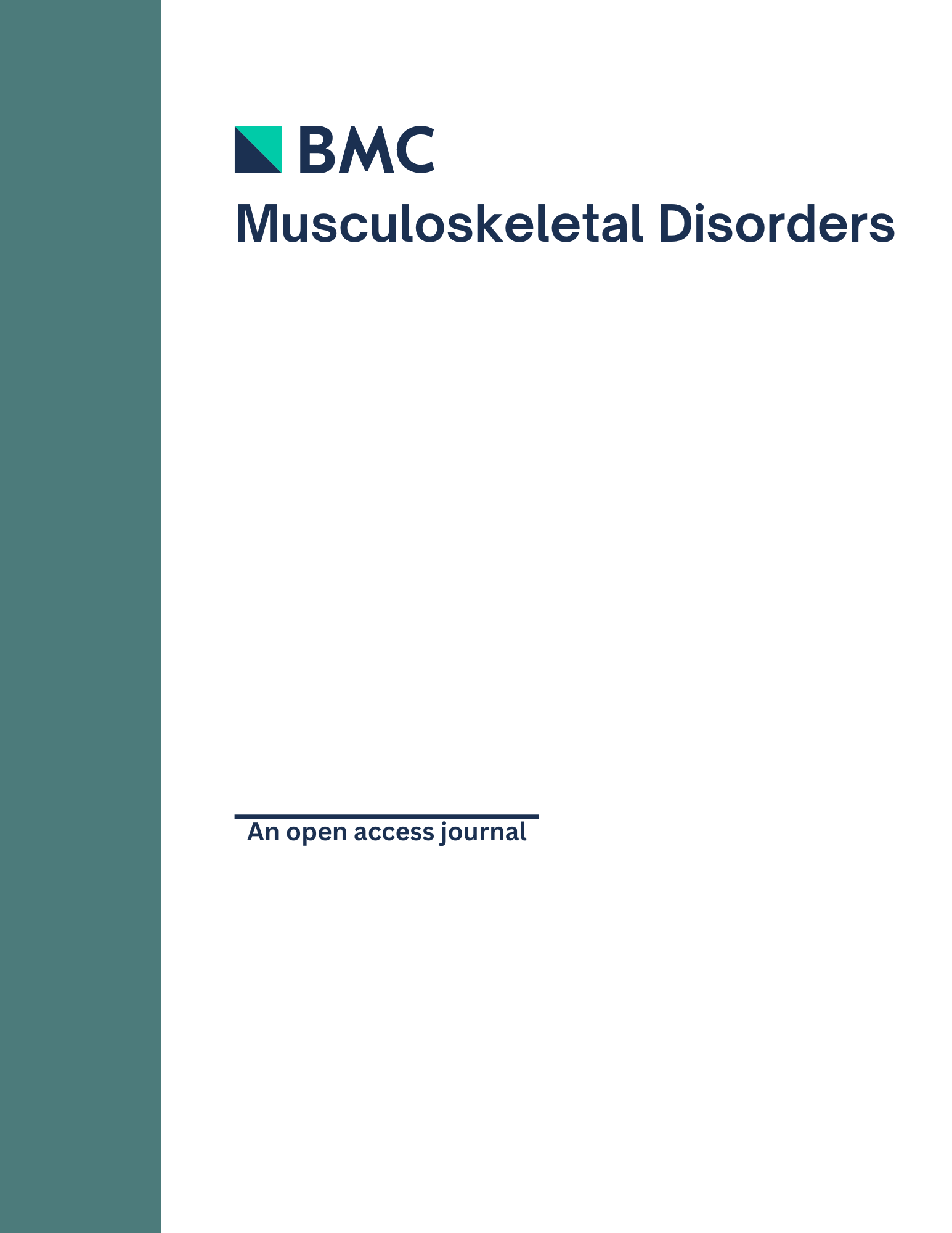
Test-retest of computerized health status questionnaires used for knee osteoarthritis

Test-retest of computerized health status questionnaires used for knee osteoarthritis
Test-retest of computerized health status questionnaires frequently used in the monitoring of knee osteoarthritis: A randomized crossover trial
BMC; 2011; 12; 190Did you know you're eligible to earn 0.5 CME credits for reading this report? Click Here
Synopsis
20 elderly female participants with knee osteoarthritis (OA) were randomized to answer questionnaires, such as VAS pain and the Physical Activity Scale, on traditional paper or a touch screen first. The results of the study indicated that there were significant differences between the paper and online version of the ADL Taxonomy. However, all other questionnaires gave similar results in both groups.
Was the allocation sequence adequately generated?
Was allocation adequately concealed?
Blinding Treatment Providers: Was knowledge of the allocated interventions adequately prevented?
Blinding Outcome Assessors: Was knowledge of the allocated interventions adequately prevented?
Blinding Patients: Was knowledge of the allocated interventions adequately prevented?
Was loss to follow-up (missing outcome data) infrequent?
Are reports of the study free of suggestion of selective outcome reporting?
Were outcomes objective, patient-important and assessed in a manner to limit bias (ie. duplicate assessors, Independent assessors)?
Was the sample size sufficiently large to assure a balance of prognosis and sufficiently large number of outcome events?
Was investigator expertise/experience with both treatment and control techniques likely the same (ie.were criteria for surgeon participation/expertise provided)?
Yes = 1
Uncertain = 0.5
Not Relevant = 0
No = 0
The Reporting Criteria Assessment evaluates the transparency with which authors report the methodological and trial characteristics of the trial within the publication. The assessment is divided into five categories which are presented below.
2/4
Randomization
3/4
Outcome Measurements
4/4
Inclusion / Exclusion
4/4
Therapy Description
4/4
Statistics
Detsky AS, Naylor CD, O'Rourke K, McGeer AJ, L'Abbé KA. J Clin Epidemiol. 1992;45:255-65
The Fragility Index is a tool that aids in the interpretation of significant findings, providing a measure of strength for a result. The Fragility Index represents the number of consecutive events that need to be added to a dichotomous outcome to make the finding no longer significant. A small number represents a weaker finding and a large number represents a stronger finding.
Why was this study needed now?
The traditional paper form of administering health status questionnaires can be time consuming and error prone. On the other hand, computer-based questionnaires have the ability to not only save time but also to simplify the process. The aim of this randomized controlled trial is to compare the data collected from traditional paper questionnaires to the computerized version and analyze similarity and patient acceptance.
What was the principal research question?
Do computerized versions of health status questionnaires give comparable results to the traditional paper forms, in female patients with knee OA?
What were the important findings?
- KOOS, VAS, SF-36 and Physical Activity Scales displayed high ICC values between the two groups (p>0.8)
- the ADL Taxonomy displayed a mean difference of 0.5 for ICC values, but this difference was due to the responses of one individual
- 16 out of 20 patients preferred the computerized version questionnaire
What should I remember most?
There are no significant differences in responses between the computerized and traditional paper version of questionnaires.
How will this affect the care of my patients?
Physicians should consider other factors, such as available time, to determine which questionnaire style is more appropriate.
Learn about our AI Driven
High Impact Search Feature
Our AI driven High Impact metric calculates the impact an article will have by considering both the publishing journal and the content of the article itself. Built using the latest advances in natural language processing, OE High Impact predicts an article’s future number of citations better than impact factor alone.
Continue



 LOGIN
LOGIN

Join the Conversation
Please Login or Join to leave comments.